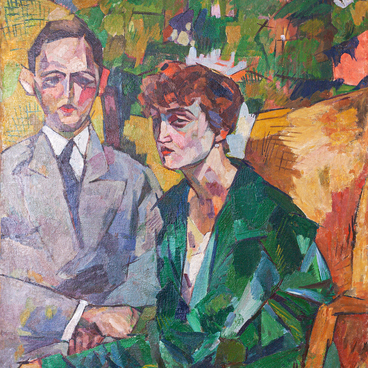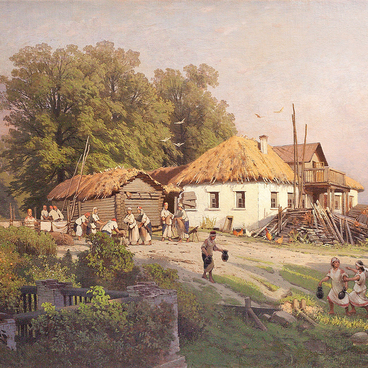The central image in the iconography of Christ is Lord Almighty, or Pantocrator (from Greek — ‘all-powerful’). It usually presents Christ as the Judge of the coming Last Judgment. In the texts of the Old and New Testaments, God is referred to as Almighty, the ‘Ruler of everything’:
Christ Pantocrator
Время создания
1803
Место создания
village Mstyora, Vladimir Oblast
Размер
31,8x27,5 cm
Техника
wood, levkas, tempera
Коллекция
Выставка
1
Открыть в приложении#1
Christ Pantocrator
#2
#13
And if any man hear my sayings, and keep them not, I judge him not: for I came not to judge the world, but to save the world.
John 12:47
#14
The iconography of the image was formed in Byzantium by the 10th century, where it was traditional to place a waist-length image of Christ Pantocrator in the central dome of any churches. The icon of the Almighty was usually located in the center of the Deisis row of a church iconostasis. The oldest known image of this type is the icon ‘Christ Pantocrator’ from Saint Catherine’s Monastery in Sinai dated to the middle of the 6th century.
The features painted by an unknown master became canonical in the iconography of Christ. The icon from the collection of the Tomsk Museum depicts Christ fully frontal and half-length. This image conveys the motifs of contemplation, peace, tranquility, but at the same time triumphalism, rigor, concentration. Christ makes the gesture of blessing with his right, and with his left hand holds the open Gospel with the text:
The features painted by an unknown master became canonical in the iconography of Christ. The icon from the collection of the Tomsk Museum depicts Christ fully frontal and half-length. This image conveys the motifs of contemplation, peace, tranquility, but at the same time triumphalism, rigor, concentration. Christ makes the gesture of blessing with his right, and with his left hand holds the open Gospel with the text:
#11
Come to Me, all who are weary and heavy-laden, and I will give you rest.
Matthew 11:28
#12
The icon was painted in the village of Mstyora, one of the centers of Russian icon painting. Since the beginning of the 18th century and even earlier, a substantial number of icons was sent from Mstyora to Siberia. The decision to purchase images for the Tomsk diocese was made by special commissions that evaluated their quality. The price depended on the master’s skill, the size of the icon, the type of wood, the material of the oklad (metal cover protecting an icon), and the use of gold and silver. Since the icons were delivered not only in boxes by ofenyas (the so-called peddlers, travelling vendors), but also by carts, their quality was often questionable.
The cost of this icon at that time was high: it was clearly created by an experienced master, and the details were highlighted with gold leaf and gold powder. Experts examined descriptions of local churches, in which signed and dated icons are quite common, and suggested that the icon from the Tomsk Museum was commissioned by one of the churches or one of the wealthy citizens.
The cost of this icon at that time was high: it was clearly created by an experienced master, and the details were highlighted with gold leaf and gold powder. Experts examined descriptions of local churches, in which signed and dated icons are quite common, and suggested that the icon from the Tomsk Museum was commissioned by one of the churches or one of the wealthy citizens.
#9
Ministry of Culture of the Russian Federation
читать дальшескрыть
00:00
00:00
1x
Christ Pantocrator
Время создания
1803
Место создания
village Mstyora, Vladimir Oblast
Размер
31,8x27,5 cm
Техника
wood, levkas, tempera
Коллекция
Выставка
1
Открыть в приложении
Поделиться



